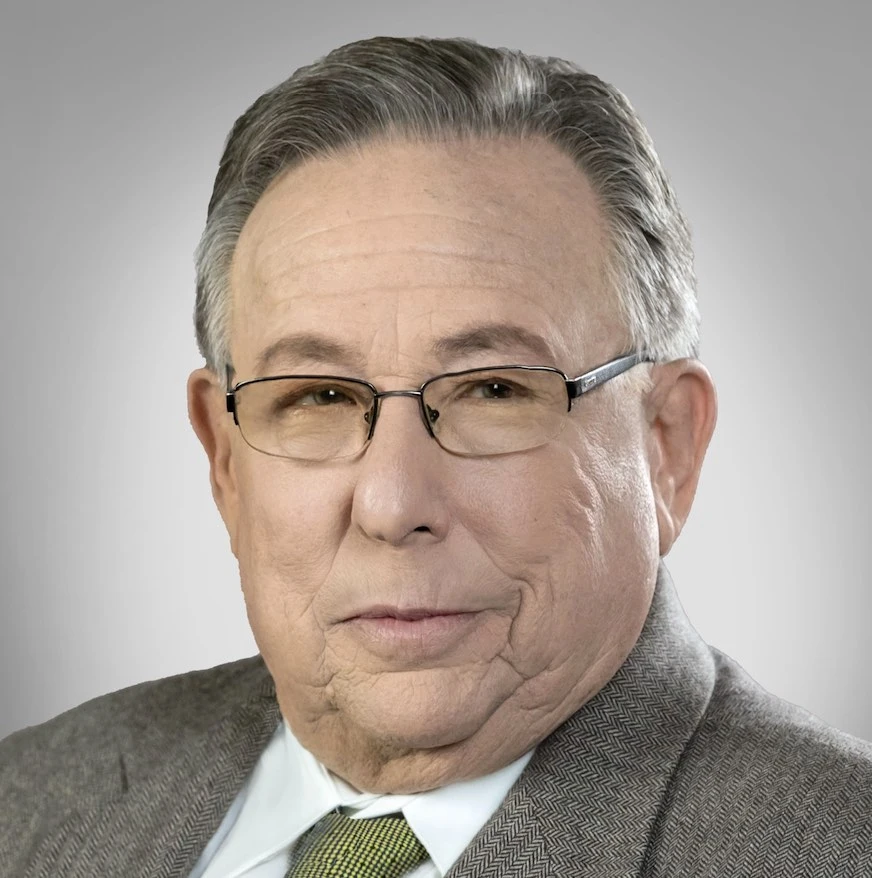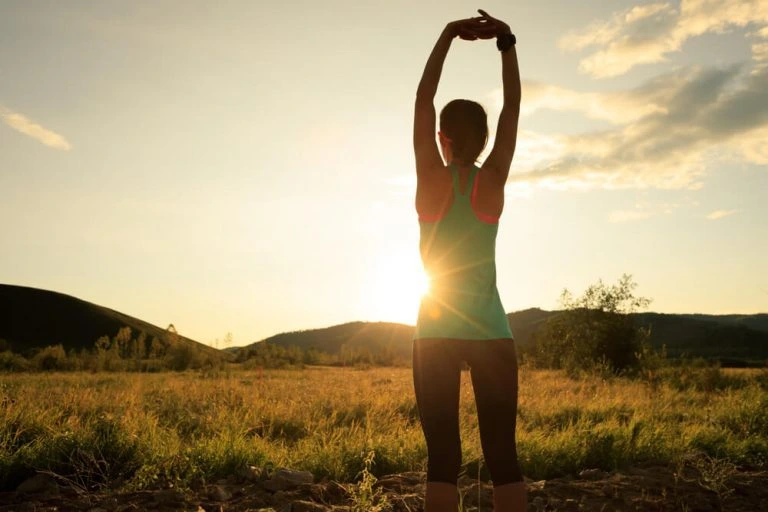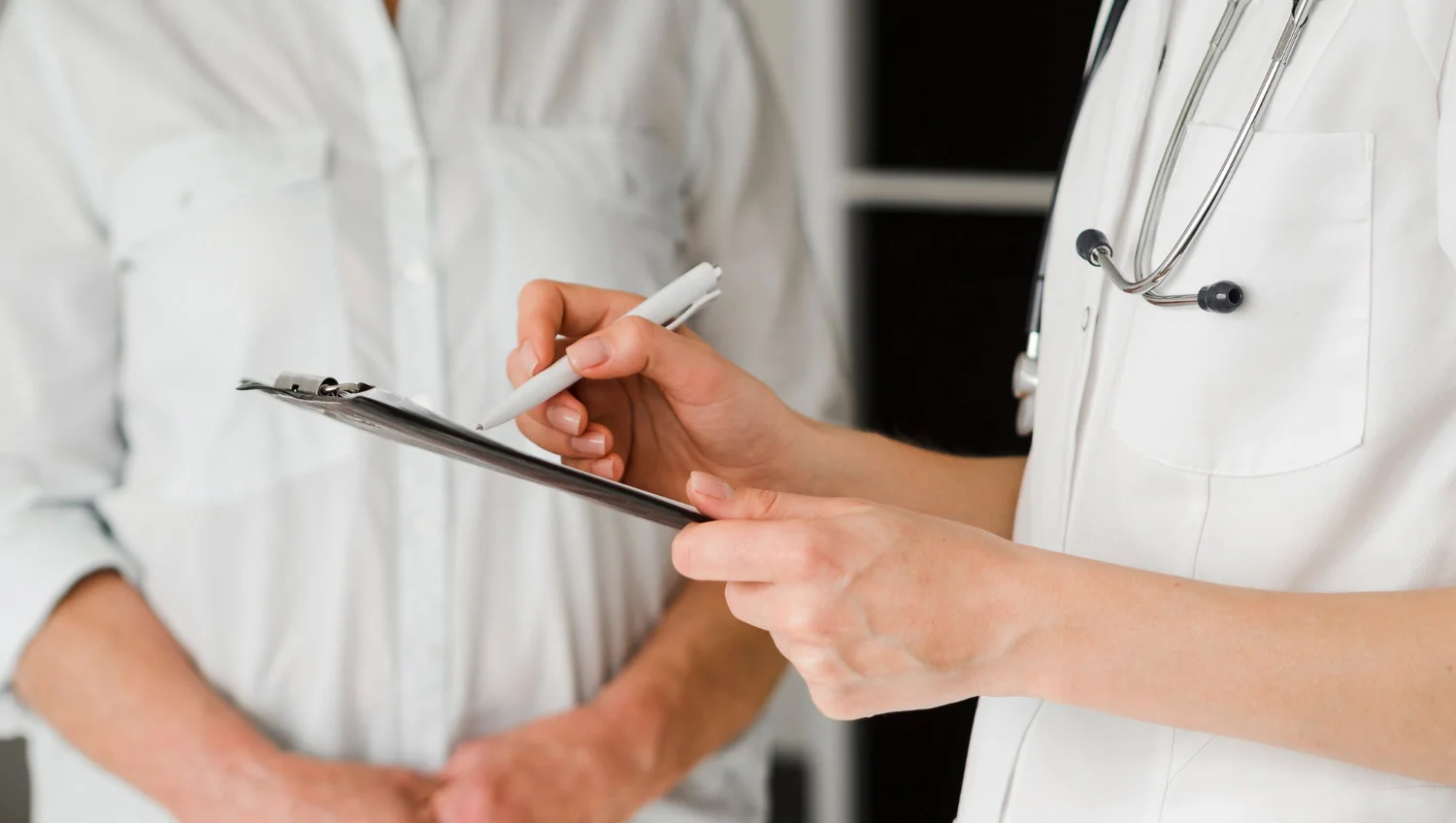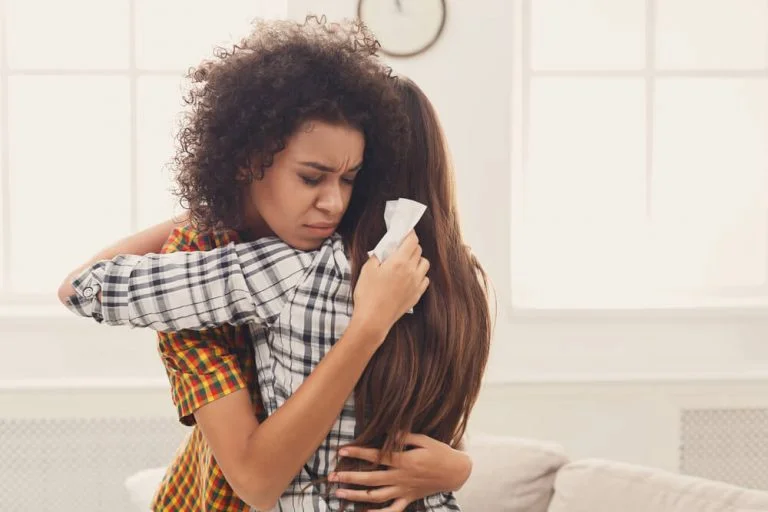Exploring the World of Club Drugs: Everything You Need to Know
Amid the night, alluring offers emerge. Club drugs are frequently advertised as a means to an end—a night of magic, pleasure, and euphoria—in nightclubs. Nevertheless, substantial risks accompany the promised magic.
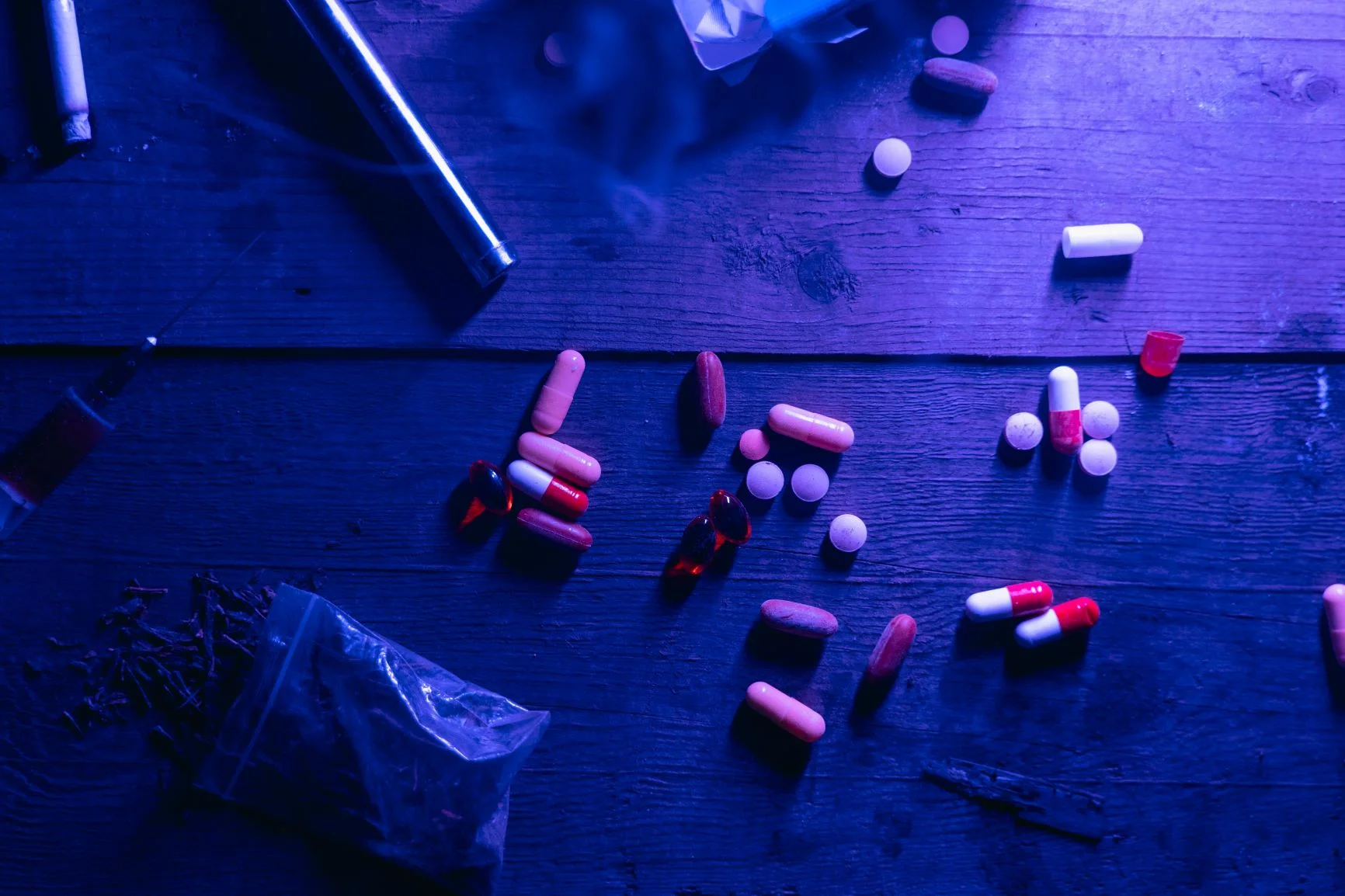
What Are Club Drugs?
The term "club drugs" refers to a class of intoxicating compounds that first appeared in the 1990s. The names of these substances come from their strong associations with raves, nightlife, and dance culture. There is a wide variety of substances that fit this description, but among clubbers, cocaine is by far the most popular.
Which are the Most Common Names of Club Drugs?
There are many different kinds of club drugs, but they all share the trait of being simple to get and administer but also generating a euphoric state full of excitement and energy. Among the most common club drugs are:
MDMA (Ecstasy or Molly)
Ecstasy, or Molly as it's more often known, is a legendary club drug made of MDMA. Emotional warmth, heightened sensory experience, and pleasure are some of the side effects. But it also has the potential to cause serious side effects like heat and dehydration, which might be fatal.
Ketamine (Baby Food/Cat Killer)
The dissociative effects of ketamine, which was first developed as an anesthetic, have made it popular in club culture. People who use it report feeling detached from reality, extremely relaxed, and having their sense of time and space warped. However, there is also a danger of addiction, cognitive impairment, and bladder difficulties associated with ketamine overuse.
Cocaine (Coke/Blow/Line)
Cocaine is still widely used in nightlife circles due to its reputation for euphoria and the confidence it generates. Users are drawn to its energizing and mood-boosting stimulant effects. Nevertheless, neurological diseases, heart attacks, strokes, and perforations of the nasal septum are all increased risks associated with cocaine usage.
LSD (Acid)
The powerful hallucinogen LSD (also known as Acid) can cause significant shifts in one's state of awareness and perception. A kaleidoscope of visuals and self-reflection is shown to the user. Nevertheless, because of its unpredictable nature, LSD can induce unpleasant experiences, commonly referred to as "bad trips," and worsen mental health issues.
GHB (Home Boy)
The sleepy and euphoric effects of GHB originate from its role as a CNS depressant. It is a popular choice at nightclubs since it makes people feel relaxed and sociable. Nonetheless, GHB is a hot commodity in nightclubs due to its razor-thin margin of safety.
Club Drugs Risks and Dangers: Navigating the Perilous Waters
Club drugs are more dangerous than appealing. There is a considerable risk of psychological and physical problems, as well as complex neurological illnesses. The following are the most typical dangers of using drugs in a club:
- Cardiovascular complications: amphetamines and other stimulants place a heavy burden on the cardiovascular system, raising the likelihood of cardiovascular events, including heart attacks and strokes.
- Hyperthermia and electrolyte imbalance: common side effects of many club drugs that can disrupt the body's natural temperature regulation mechanisms.
- Brain damage: Substances like ketamine and GHB, when used over an extended period, can lead to problems with cognition and the nervous system.
- Dependence and addiction: Club drugs' exhilaration and ability to transport users to another world can lead to high consumption and later addiction. This in turn, also creates a vicious cycle of withdrawal symptoms that are higher every time due to the excess damage to the brain’s reward pathways.
Club Drug Addiction: Unraveling the Mystery
Dealing with the detrimental impacts of drug consumption and growing dependent on it is an incredibly personal struggle for individuals who experience club drug addiction, sometimes called club drug use disorder.
Treatment providers diagnose this type of addiction using the DSM-5, which has been the gold standard for psychiatric diagnosis since 2013, and the diagnosis is made using the following criteria:
- Consumption of drugs over what is typically considered normal.
- Unsuccessful attempts to minimize or quit drug use.
- Less time spent on drug seeking, use, and recovery.
- Relentless desires plague the thoughts.
- The usage of drugs takes precedence over neglected responsibilities.
- Chronic substance abuse despite known negative consequences.
- Giving drunkenness more importance than necessary responsibilities.
To diagnose the club's substance use illness or other mental diseases, only trained experts in addiction and mental health can do so. Urgent action is required if you or a loved one are suspected of having a substance use disorder. The path to knowledge and recovery can be illuminated by consulting a psychiatrist or other trained treatment specialist.
Risk Reduction Approaches: A Personal Responsibility
As a guiding light for those navigating the club drug world, harm reduction stands out in the face of these intimidating risks. To reduce damage and encourage safer behaviors, consider the following:
Enlightenment and Conscience
The most important thing is for people to recognize the hazards and effects of club drugs. Efforts to educate, both in the nightlife community and in schools, are crucial in encouraging well-informed choices.
Drug Checking Services
Users can evaluate the composition and purity of substances with the help of dependable drug-checking services. The ability to recognize fillers and pollutants allows people to make better-informed decisions and lessens the likelihood of accidental damage.
Be Self-Aware
Get to know the effects that various chemicals have on your system. Learn to say "no" when your friends try to push you to do something you don't want to do. Separating yourself from those who encourage you to do risky activities is another option.
Plan Ahead
Tell reliable people where you'll be and what you're planning ahead of time.
Intervention and Support from Peers
To enable individuals to watch out for each other and intervene in instances of overdose or distress, peer support networks and intervention protocols should be established. People can be saved in times of crisis if they are trained to recognize an overdose.
When to Seek Help: Lifeline in Times of Need
Despite our greatest attempts to stay safe, things sometimes spin out of control. Seeking aid in such situations is not a sign of weakness but rather of strength and resilience. Here are some signs that it might be time to get help:
- Medical emergencies: Symptoms of overdose or severe intoxication necessitate emergency medical care. Do not hesitate to contact emergency services
- If substance use negatively affects your mental health or worsens existing concerns, seek help from a professional or support group.
- Seek help from addiction specialists if you struggle to control your drug usage or experience withdrawal symptoms.
Unveiling the Journey to Recovery
The road to recovery from club drugs is fraught with distinct struggles and successes, each one distinguished by bravery and fortitude. While the appeal of drugs may first disguise underlying pain or dissatisfaction, the path to rehabilitation provides a remarkable opportunity for self-discovery and development.
Embracing vulnerability
At the heart of healing is the willingness to face vulnerability and accept authenticity. For many people, the journey begins with a moment of reckoning—the sharp awareness that the quest for euphoria has obscured underlying scars. Individuals engage in a transforming journey toward wholeness by acknowledging their vulnerability and seeking help.
Converting Struggles into Strength
The road to recovery is not without its challenges, but the furnace of adversity offers the opportunity for significant growth. Many people who have battled club drug addiction use their experiences to inspire change. Through introspection and self-reflection, people discover resilience in the face of adversity, transforming their challenges into sources of strength and empowerment.
Inspiration for Change
People who are battling with club drug addiction might find hope and drive by hearing stories of recovery. Sharing personal stories about overcoming addiction can help dispel shame and stigma and inspire others to do the same.
During their path to recovery, some people find that art, music, writing, or other creative outlets help them express themselves and heal. As a form of therapy, engaging in artistic pursuits can assist people in working through their feelings, managing stress, and finding meaning in their lives.
In Conclusion
Club drugs are a serious problem for public health, even if they aren't as well-known as other common drugs like cannabis or alcohol. In addition to the inherent dangers and high rates of chronic usage of club drugs, the compounds involved can be difficult to detect, even for experts.
Treating severe cases of club drug use disorder is difficult since there is usually polysubstance drug use. Discuss treatment alternatives with a trained medical professional if you or someone you know is concerned that they may be suffering from a club drug use disorder. Timely actions are important for positive outcomes.

